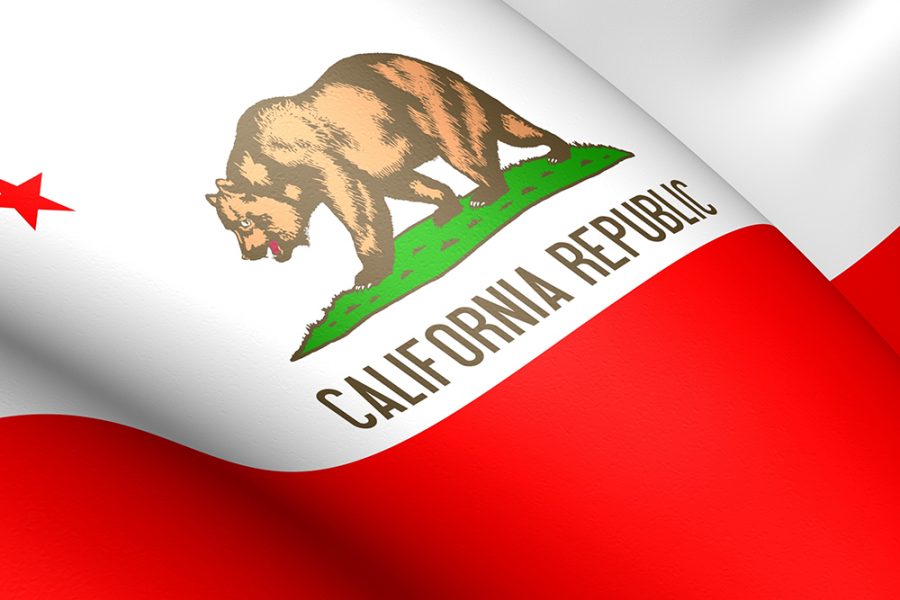The Associated Press reports that “Newsom plans to fulfill his constitutional requirement by sending a letter to the State Legislature” instead of delivering the usual speech at the State Capitol.
Part of me felt a little nostalgic by the news. I’ve had the chance to work on both sides of the speech from the vantage point of the Governor’s office and the Legislature. I’ve even written Republican responses to the State of the State that legislative leaders used to deliver. However, it’s a lot of work preparing for the State of the State, and what was said is typically forgotten by the next morning.
While Newsom’s team says that that he has trouble delivering scripted speeches due to dyslexia, don’t feel sorry for the Governor’s speechmaking ability. After all, he routinely gives two hour plus press conferences when unveiling his annual budget proposals, rattling off dozens of facts and name checking multiple legislators while consulting few notes.
The Governor’s unusual move may actually be smart politics. Over the past year, he has set himself up as the anti-Ron DeSantis and a guardian of liberal values. A road show will keep Newsom in the news in California and nationally and keeps a toe in the presidential campaign waters should President Biden unexpectedly not run again.
This week, we’re likely to be subjected to – as exhausting as the prospect sounds – several hours of Newsom speechmaking.
KCRA 3 in Sacramento reports that his “policy announcements will be on topics including housing, affordability, and mental health.” Here’s a preview of what to expect this week:
Housing: Following the recent state appeals court ruling that threw a wrench into plans to build new student housing at UC Berkeley over CEQA, Newsom said in a statement that “our CEQA process is clearly broken when a few wealthy Berkeley homeowners can block desperately needed student housing for years and even decades.”
To make good on his commitment to reform CEQA, Newsom should start by reading PRI’s “CEQA Gauntlet” paper. In doing so, he’ll learn that comprehensive reform, rather than additional changes around the edges, are what’s needed to ensure student housing, renewable energy projects, infrastructure, and more aren’t held up by this broken state law.
Homelessness: Newsom will surely champion the billions poured into his administration’s Project Homekey anti-homelessness initiative. Just last summer, he hailed the program’s “groundbreaking success” as being “a model for the nation, showing that we can make real progress on ending homelessness in months, not years.”
As I recently wrote on Right by the Bay, legislators from both parties are now questioning the effectiveness of this program. Since it began, not only hasn’t it made a dent in reducing homelessness, but the problem has grown worse. To really make a difference on the issue, Newsom would be wise to read PRI’s ongoing work on homelessness. If he did, he would learn that private charities do a far more effective and efficient job addressing the individual needs of the homeless than any government program.
Affordability: Newsom will tout his so-called Middle Class Tax Refund plan, which sent out about $9.5 billion in payments to Californians to deal with the impact of rising gas prices and inflation. But if Newsom really wants to increase affordability, he’d take a cue from PRI’s “Legislating Energy Prosperity” study and reduce California’s big government energy mandates that increase energy costs on the working class, and have led to the nation’s highest gas prices.
Tim Anaya is the Pacific Research Institute’s vice president of marketing and communications.


